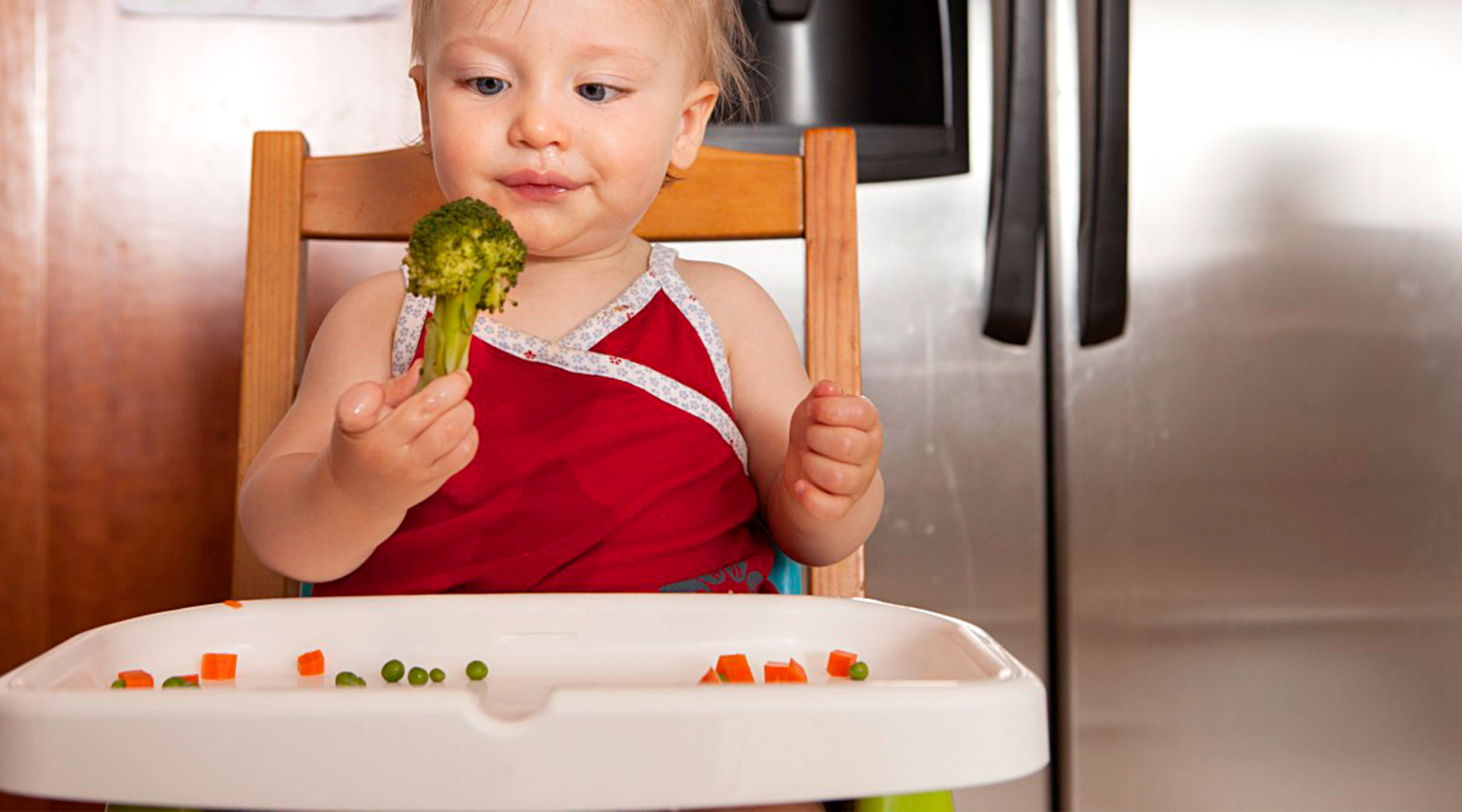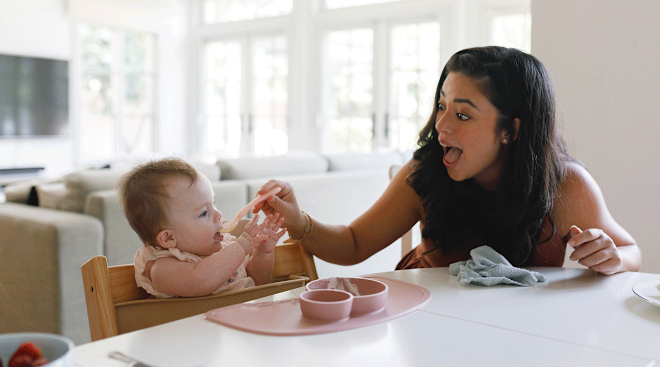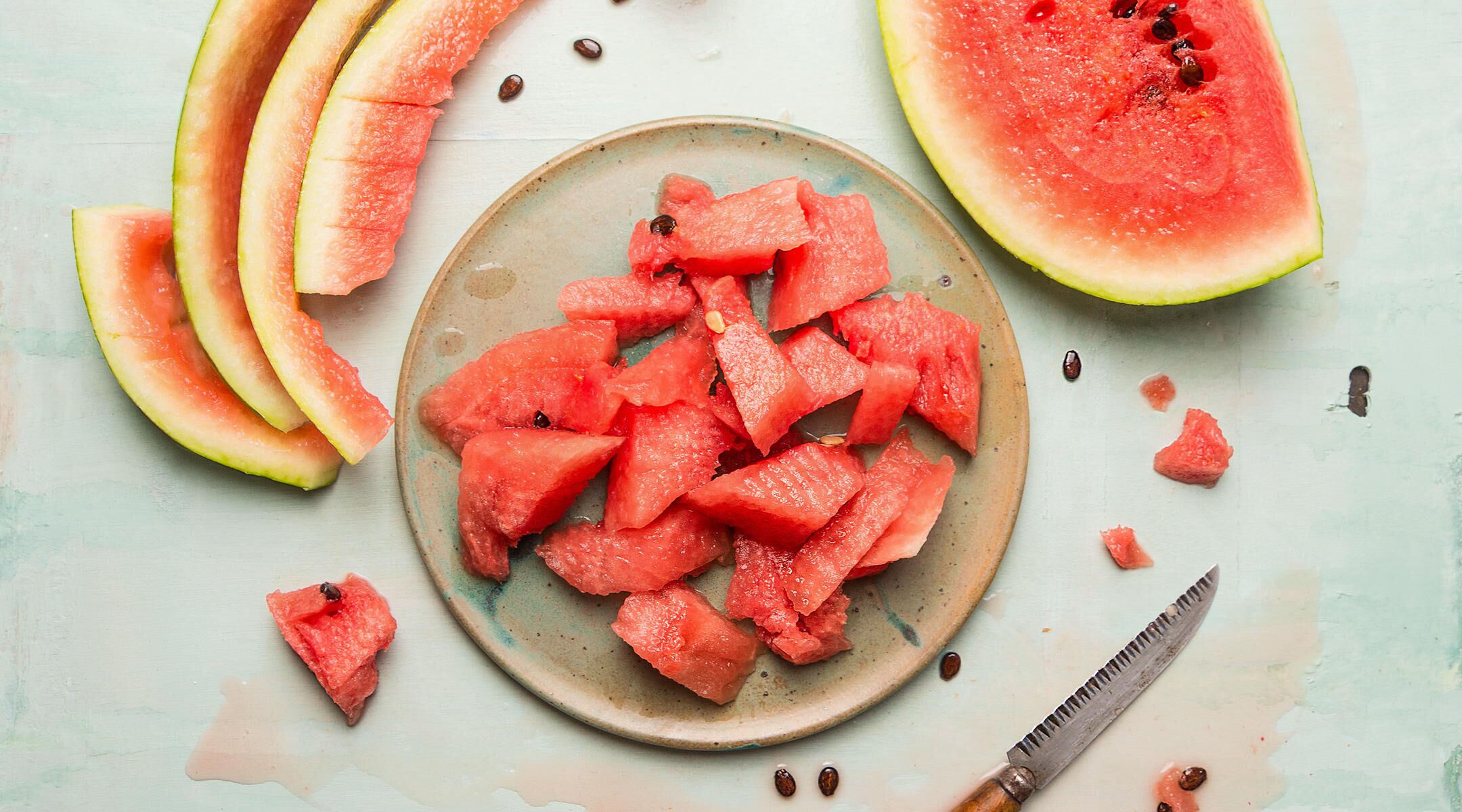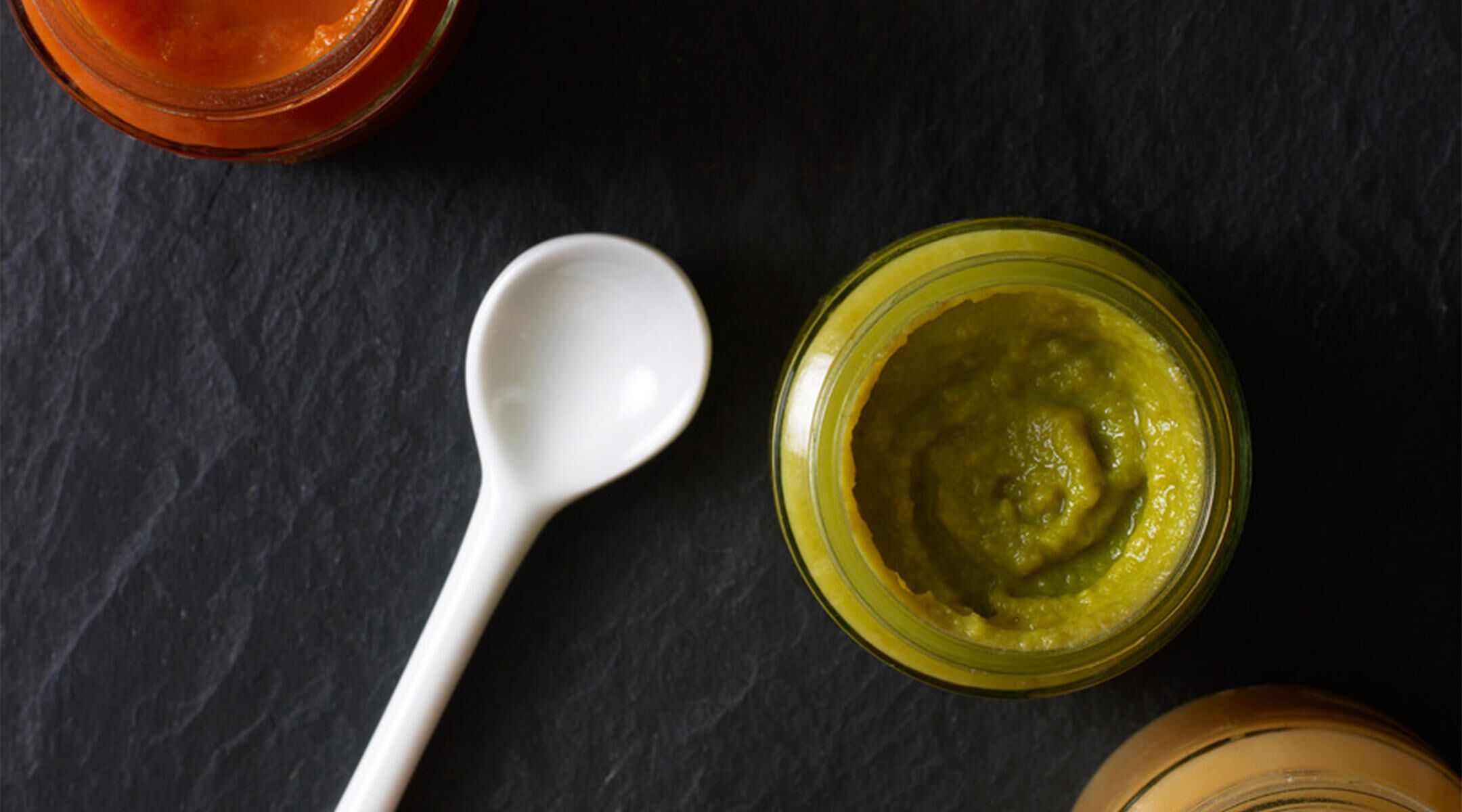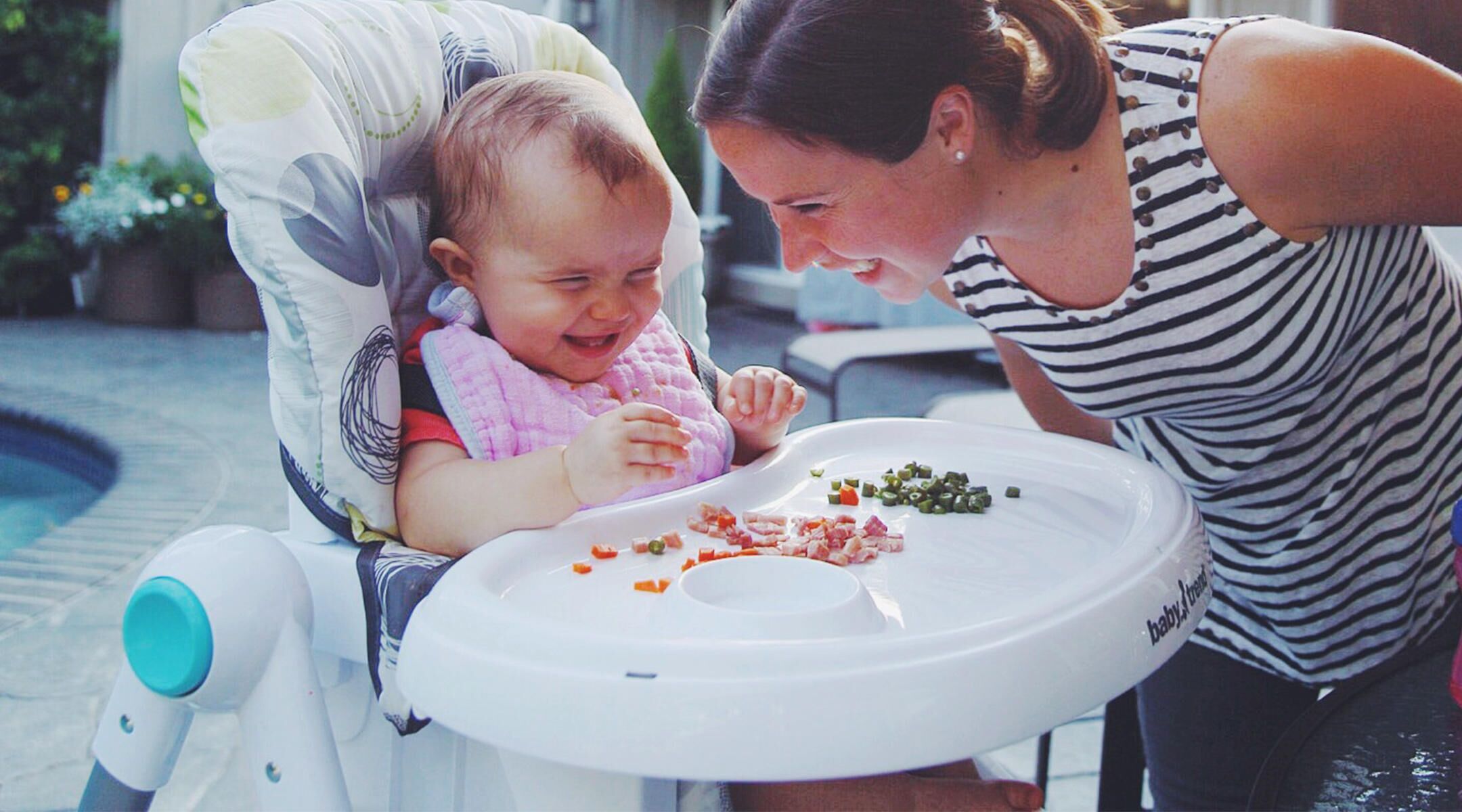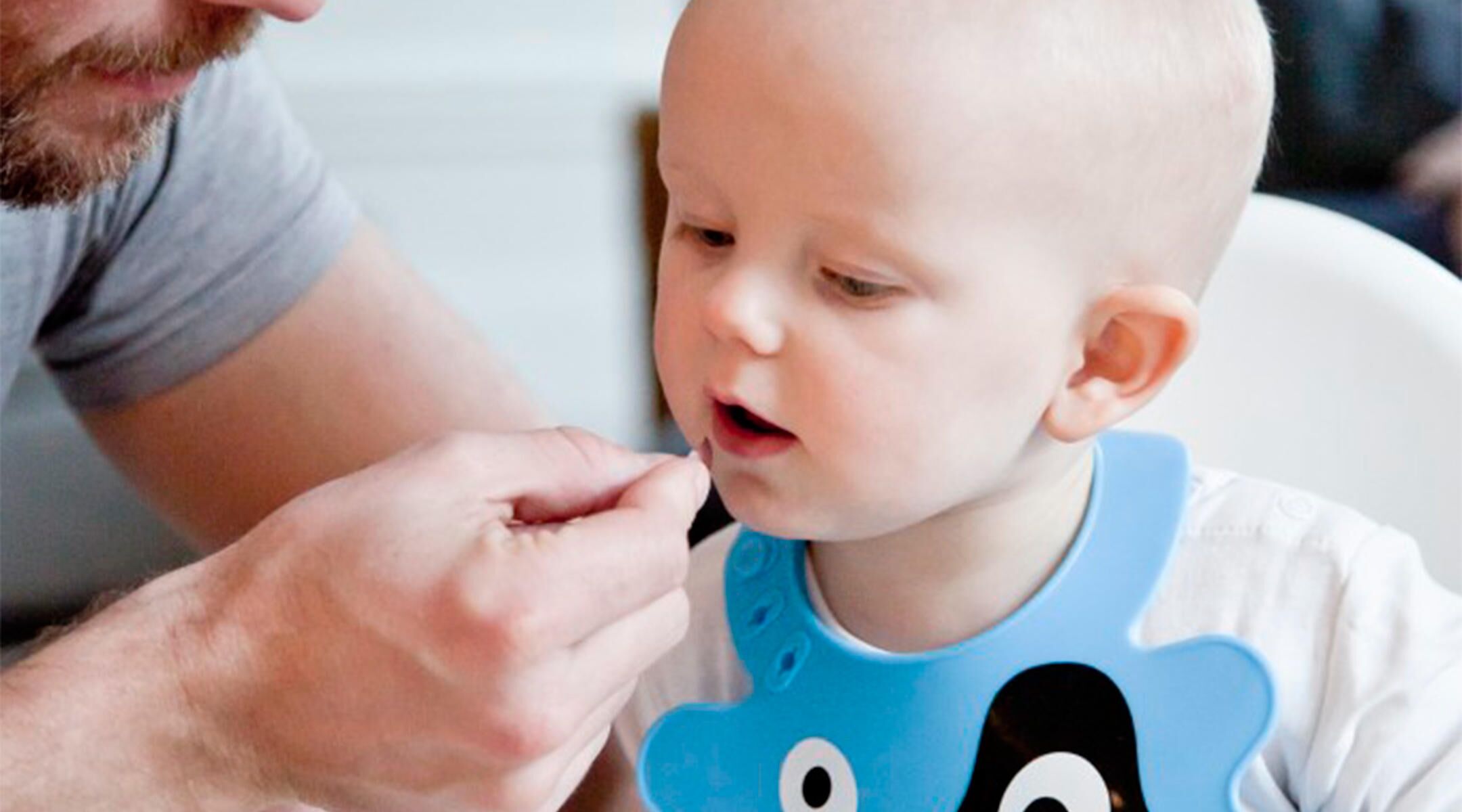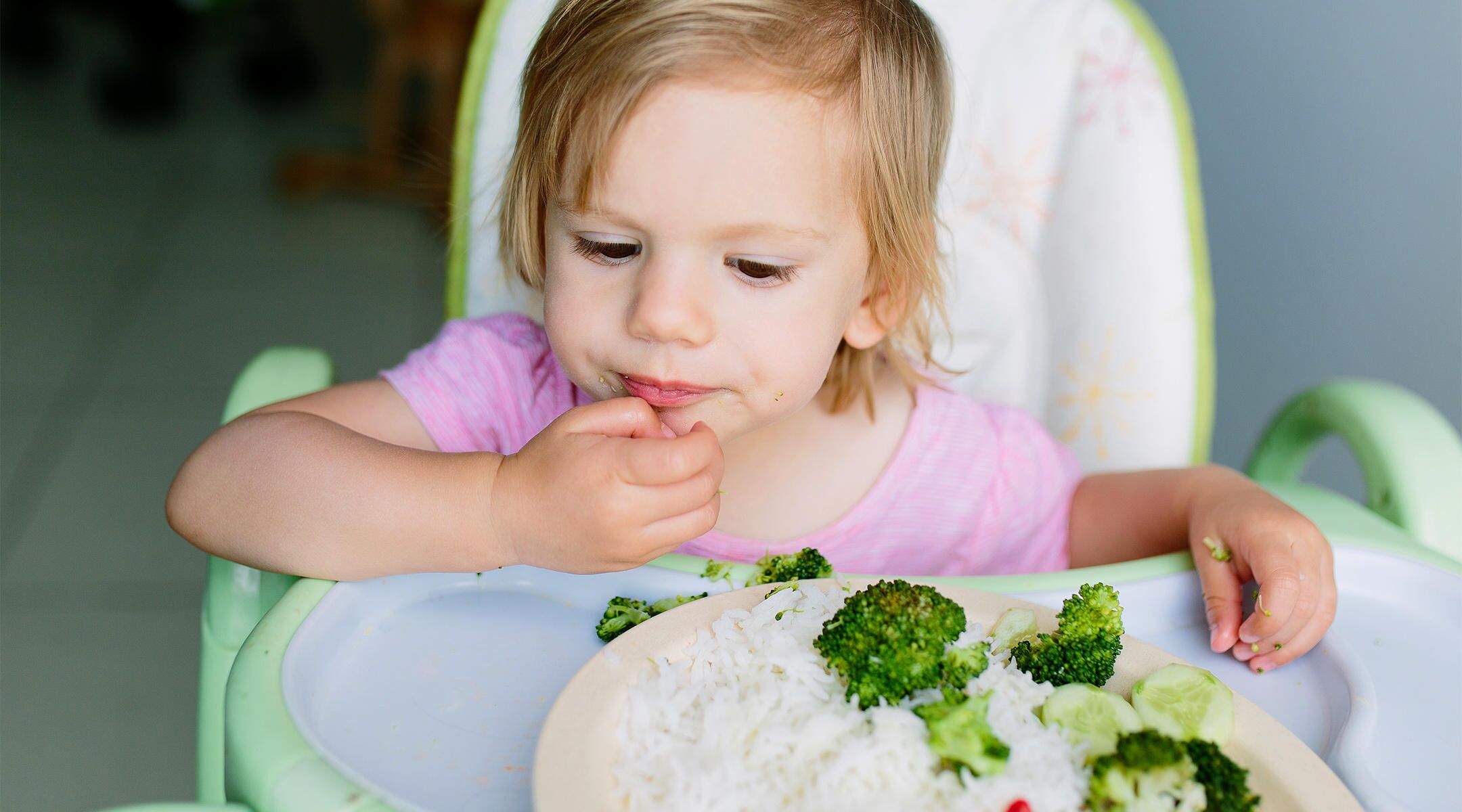Why Variety Matters in Baby's First Foods
One type of toddler strikes fear into the heart of every parent: the picky eater. We’ve all known a child whose picking eating has forced the adults in the house to become short-order cooks. While there’s no simple secret to prevent a toddler from becoming a picky eater, there are definitely some strategies that can help. Here are some tips to help build preferences for a wide range of healthy foods (hint… it’s all about variety):
If you want to avoid raising a “yellow food kid” (chicken tenders, french fries and mac and cheese—you get the picture), your best bet is to play the long game. You can start building your baby’s preferences for healthy foods early…very early. Some research has suggested that preferences for healthy foods begin while the baby is still in the womb.Tastes that your baby is exposed to while in the womb may make your baby more likely to accept these foods later on. If you’re expecting, now is the time to start introducing your baby to a variety of different flavors. Focus on stocking up on a rainbow of healthy veggies during pregnancy. It may just be the secret trick to getting your kids to eat their broccoli.
Complementary feeding (introducing solid foods while your baby is still getting the majority of their calories and nutrients from breast milk or formula) is not about adding extra calories to their diet. The main purpose of introducing solid foods is to help your baby learn how to eat and develop preferences for a wide variety of foods. Just like reading or riding a bicycle, eating is a skill that has to be learned gradually.
Gradually changing the texture of foods—as your baby is developmentally ready—is key to this learning process. Start with pureed foods (usually around 6 months of age, but this can vary). As your child gains strength and motor skills you can move on to more advance textures, like mashed or partially-mashed. You’ll know when your baby is ready for finger foods when they can a) sit up straight in a high chair, b) grasp foods with their hands or finger tips and c) move food to their mouth with their hands.
Encouraging a variety of flavors and textures in baby’s first foods is key to building preferences for nutritious options. Some experts believe that introducing more bitter flavors in an infant’s first food, like pureed spinach or unsweetened whole milk yogurt, may make your baby more likely to accept these flavors later on. Infants naturally have a preference for sweet tastes, so remember to have patience and keep at it when introducing pureed meats, pureed veggies or unsweetened yogurt. These tastes may take some time to develop. Also, many of these foods tend to be rich in important nutrients like iron, calcium protein and vitamins, so it is great to get them into the diet early.
When first bringing new foods into baby’s diet, it’s best to wait about three to five days after first introducing a food to introduce another one. This will allow for time to make sure that no allergies or sensitivities occur with a particular food. As always, if you have concerns about introducing new foods, ask your pediatrician or a registered dietitian. Happy eating!
Please note: The Bump and the materials and information it contains are not intended to, and do not constitute, medical or other health advice or diagnosis and should not be used as such. You should always consult with a qualified physician or health professional about your specific circumstances.
Navigate forward to interact with the calendar and select a date. Press the question mark key to get the keyboard shortcuts for changing dates.
































